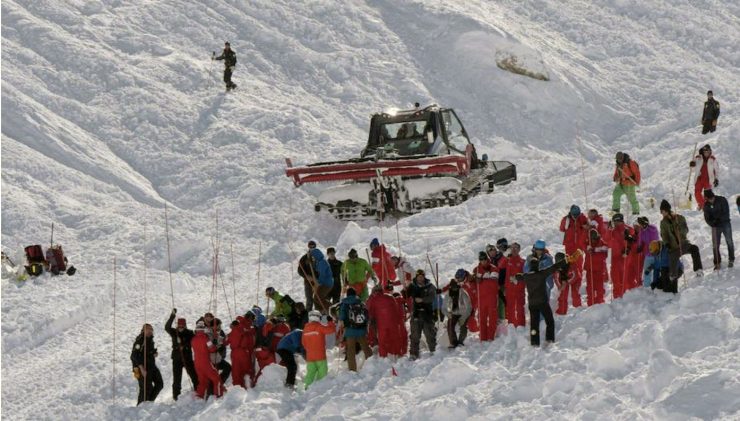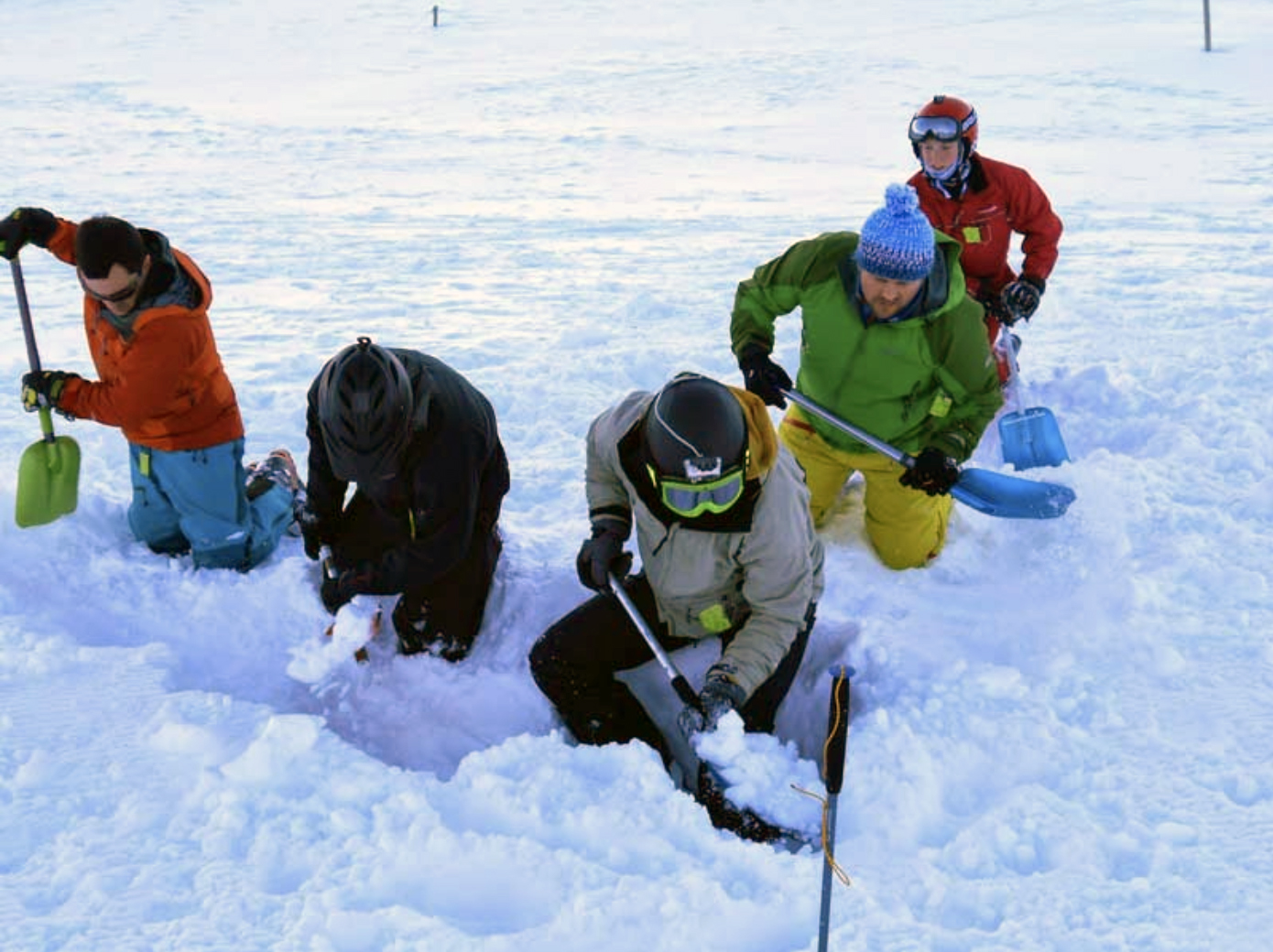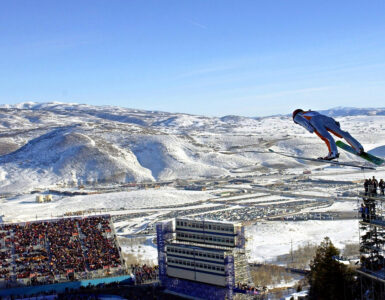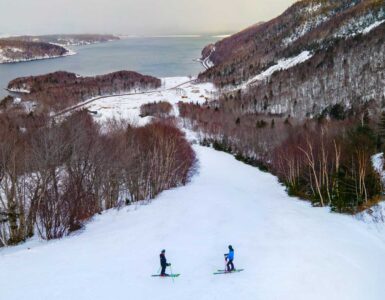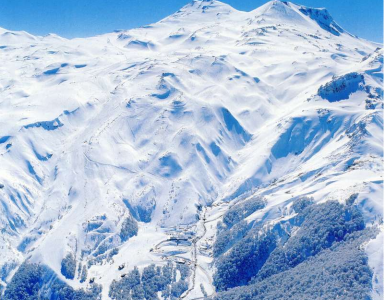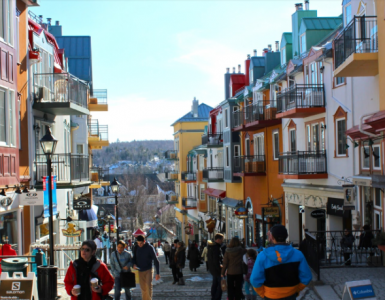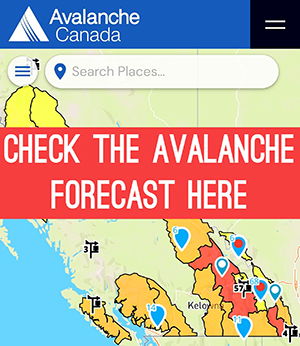France’s Association Nationale pour l’Étude de la Neige et des Avalanches (National Association for the Study of Snow and Avalanches- ANENA) has drawn up a provisional balance sheet of the avalanche accidents of the season.
The 2020/2021 season among the most tragic in the last 50 years
To date, the figures compiled by ANENA through its various channels show :
– 134 avalanche accidents (avalanches with at least one person swept away)
– 221 persons carried away
– 29 accidents with fatal consequences
– 39 fatalities
The 2020-2021 season is undoubtedly one of the most tragic years since the creation of ANENA (1971-1972).
This season ranks 9th since 1971-1972 in terms of fatal accidents and 11th since 1971-1972 in terms of deaths.
With 29 fatal accidents and 39 fatalities, the year 2020-2021 far exceeds the annual averages of 20 fatal accidents per year and 30 fatalities per year since 1971-1972.
Ski touring exceptionally affected by avalanche accidents
This season is taking place in the particular context of the Covid-19 pandemic and the closure of the ski lifts. In fact, almost all the accidents occurred while the victims were ski touring.
There were 27 fatal accidents and 37 deaths in ski touring. In comparison, over the last twenty years, there has been an average of:
-9.6 fatal accidents / year
– 13.2 deaths / year
This year, therefore, there were almost three times as many fatal accidents and deaths in ski touring compared to the average over the last twenty years.
A peculiar month of May
Usually, the vast majority of avalanche accidents occur in the middle of winter: December, January, February. This was again the case this season: 19 fatal accidents took place during this period, i.e. 2/3 of the fatal accidents of the season.
But the particularity of this year is undoubtedly the large number of fatal accidents and deaths recorded in the month of May: 7 fatal accidents and 16 deaths. The average number of fatal accidents and deaths in spring is 1.
Avalanche accidents: seasoned, experienced victims
As a general rule, avalanche accidents tend to affect experienced skiers rather than novices. This year, several victims include mountain professionals or experts.
Avalanche accidents: French skiers, the worst pupils?
The French record is exceptional, but it is representative of the winter in the Alps and elsewhere.
In fact, the current results are also unfavourable, compared to the annual averages, in Switzerland (27 deaths, average of 24 deaths), in Italy (26 deaths, average of 20 deaths) or in the USA (37 deaths, average of 23 deaths).
Any possible explanation for this disastrous year?
Some hypotheses can explain this tragic year in terms of avalanche accidents:
– Snow conditions were generally unstable for most of the season in the northern and southern Alps, from the beginning of December to the end of May (in particular a “wintry” month of May). The snow cover was fragile throughout the winter until late in the season.
– A very large number of mountain hikers, as soon as the weather conditions allowed it, even though the snow conditions were often unfavourable (succession of windy snowfalls followed by short periods of good weather, persistent unstable layer linked to the Sahara sand episode).
– Some avalanche accidents occurred in off-piste areas of the slopes which, this year, were not very well marked and were probably more unstable than in a “normal” opening year. These particular conditions probably surprised many “in resort” ski tourers who had never seen an avalanche in these areas. However, this assumption needs to be confirmed by a more detailed analysis of the accident sites.
– Perhaps unfavourable “psychological” conditions, linked to the lock-down measures: skiers, who were out in large numbers in the mountains this year as soon as they could, were perhaps less willing to give up the pleasures of powder snow despite the fact that the risk of avalanche was high or considerable.
By: Redactores


